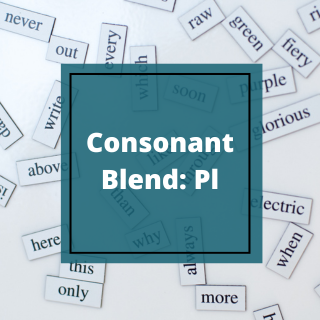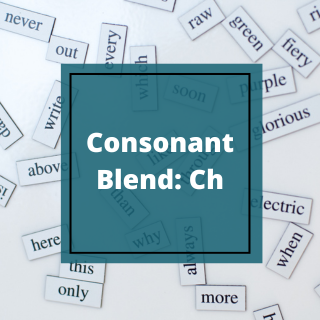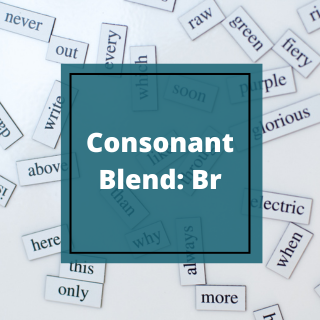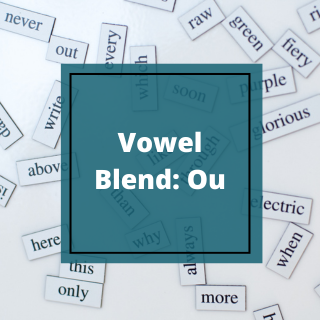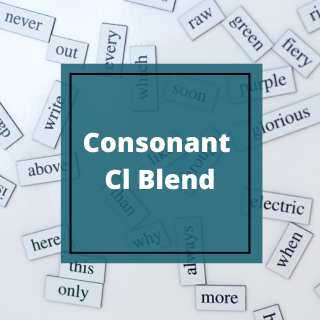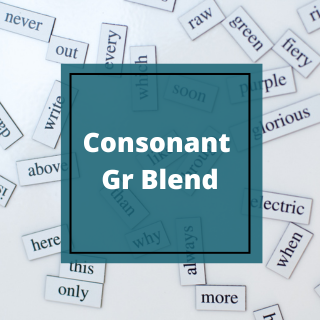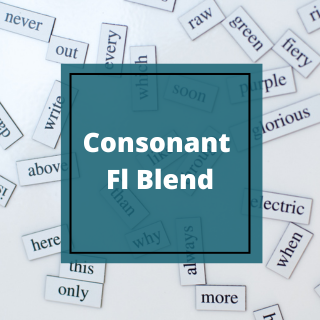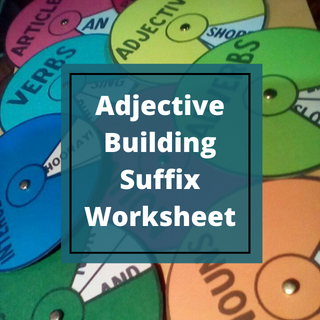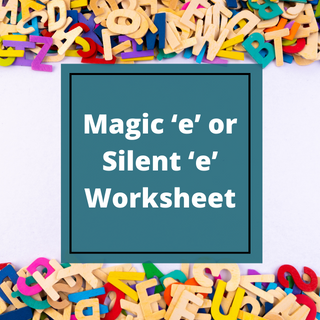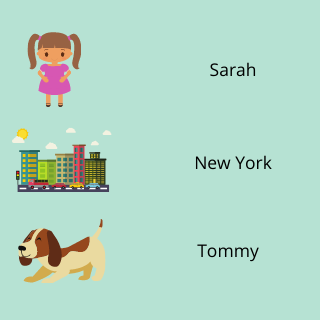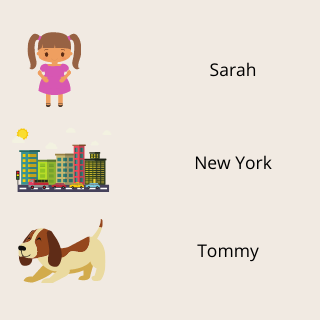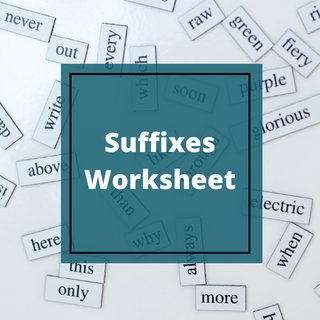
Worksheet
Suffixes Worksheet


This suffix worksheet is designed for 6 to 12-year-old children to guide them about suffixes and their uses.
When the children are firm with the lessons on verbs, then they are introduced to suffixes and prefixes concepts. This worksheet helps a child to understand and practice different types of suffixes along with their meaning.
Suffixes
Suffix meaning: As mentioned in the video lesson, a suffix is added to the end of the root word to change the meaning of the word. It might change the verb form or also the part of speech of the root word.
For example:
- Walk + ing = walking
Here, the present tense of the verb ‘walk’ changes to present continuously by adding ing to the root word.
- Play + ed = played
Here, the present tense of the verb ‘play’ changes to the past tense by adding ed to the root word.
- Good + ness = goodness
Here, the adjective ‘good’ is changed to the noun ‘goodness’ once the suffix ‘ness’ is added to the root word.
How to Practice the Suffix Worksheet?
Suffixes are an essential part of the English language as it helps a child to decode the words in a sentence. To understand how it changes the meaning of the word, it is important to understand its meaning and where we should apply them. This is what a child will learn in this worksheet.
In Part 1 of the worksheet, a child needs to read the suffix in column A and match it with the correct meaning in column B. This is an important activity before moving ahead with the usage of suffixes after the words.
For example,
Suffix ‘able’ means “able to” – a child, therefore, needs to draw a line from the word ‘able’ in column A taking it to its meaning “able to” in column B.
Let us take another example:
Suffix ‘ward’ means “direction” –therefore a child must draw a line from the suffix ‘ward’ in column A to its meaning “direction” in column B.
In Part 2 of the worksheet, a child must read the root word and then join the mentioned suffix at the end of the root word to form a new word.
For example,
- Good + ness = goodness
- Men + tion = mention
Once done, encourage the child to read both the root words and the new words loudly. This would help them comprehend the pronunciation and difference of the word meaning thoroughly.
In Part 3 of the worksheet, the child has to read the written sentences and fill in the blanks with the best-suited new word they formed in Part 2 of the worksheet.
In the example below:
Josh and Amber are ________ friends.
The child will search for the best-suited new words formed using suffixes in Part 2 of the worksheet to fill in the blanks. Here, ‘childhood’ is the best-suited word that fits in the sentence to make it meaningful.
Rewrite the above sentence as – Josh and Amber are childhood friends.
Control of Error
Only one new word will make the sentence meaningful.
After completing each sentence, encourage the child to read it loudly. Forming the new words with suffixes would help them enhance their vocabulary and improve their reading habit. Filling the blanks with the correct word will also let them comprehend the words better.
Download the worksheet and start practicing various types of suffixes and their usage.
Note: You can also watch the video here to learn the concept of suffixes in detail.
Related worksheets
Consonant Blends Ch Worksheet
help the child learn ch blend words and their usage in sentences
View WorksheetConsonant Blends: Br Worksheet
Help the child learn br blend words and their usage in sentences
View WorksheetVowel Blends Ou Worksheet
help the child learn ou blend words and their usage in sentences
View WorksheetConsonant Blends: Cl Worksheet
help the child learn cl blend words and their usage in sentences
View WorksheetConsonant Blends: Gr
help the child learn gr blend words and their usage in sentences
View WorksheetConsonant Fl Blends Worksheet
help the child learn the words starting with consonant fl blends and its usage in the sentences
View WorksheetSuffix Story Worksheet
A Creative and Engaging Worksheet for Crafting Stories with Suffixes.
View WorksheetAdjective Building Suffix Worksheet
Enhance Your Child Writing and Language Skills with Creative Worksheet for Building a Strong Adjective Vocabulary.
View WorksheetMagic ‘e’ or Silent ‘e’ Worksheet
This worksheet helps the child to practice the formation of words with Magic 'e' or Silent 'e'
View WorksheetPrefix Re and Un Worksheet
Help the child practice the usage of Re and Un prefixes in the sentences
View WorksheetNegative Prefixes Worksheet
Help the child to learn how the meaning of the words changes using negative prefixes
View WorksheetCapitalization Practice Worksheet: Capitalization Rule 4
Helps the child learn and practice the application of rule 4 of capitalization
View WorksheetCapital Letters Worksheet: Based on Rule 3
help the child practice which word to capitalize based on its rules
View WorksheetCapitalization Worksheet: Rule 1
Help the child to practice capitalizing first word after full stop
View WorksheetCommon and Proper Nouns Worksheet
Identify common nouns and proper nouns in the sentences
View Worksheet


